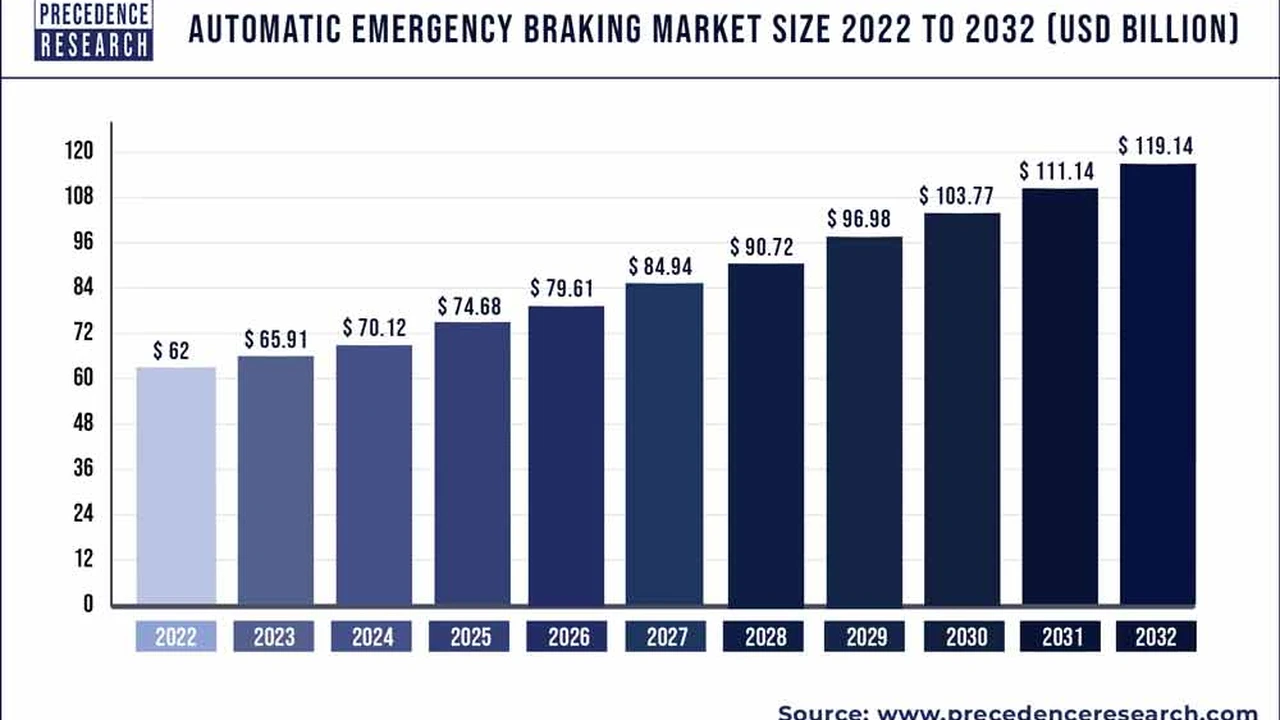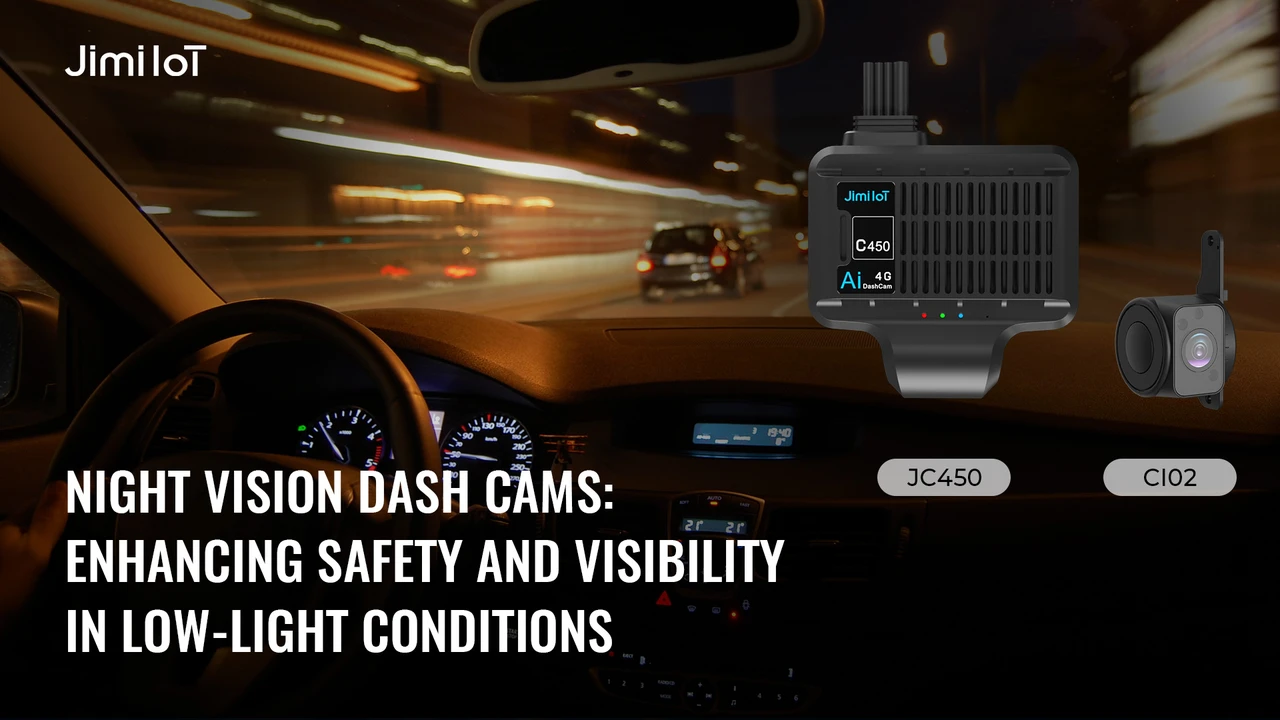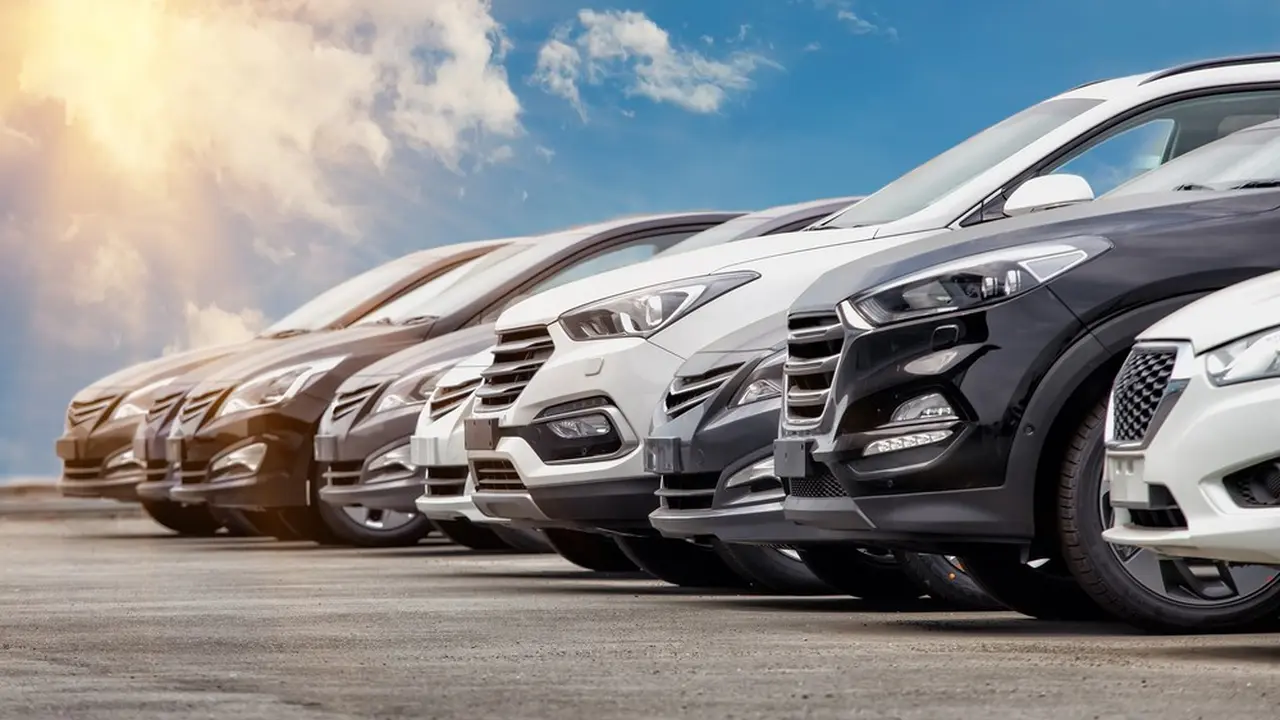Is Automatic Emergency Braking Worth the Investment?
Sample meta description.

Understanding Automatic Emergency Braking AEB Technology and its Benefits
Automatic Emergency Braking (AEB) is a car safety technology designed to prevent or mitigate collisions. It uses sensors, like radar, lidar, and cameras, to detect potential crashes. When the system senses an imminent collision, it provides a warning to the driver. If the driver doesn't react in time, AEB automatically applies the brakes to avoid the crash or reduce its severity. Think of it as a vigilant co-pilot always watching out for danger.
The benefits of AEB are numerous. First and foremost, it saves lives and reduces injuries. Studies have consistently shown that AEB significantly reduces the number of rear-end collisions, which are among the most common types of crashes. It also lowers the cost of car repairs and insurance premiums. Beyond the financial aspect, AEB provides peace of mind, knowing that you have an extra layer of protection on the road.
How AEB Systems Work A Deep Dive into Collision Avoidance Technology
Let's break down how AEB works. The process typically involves these steps:
- Sensor Detection: The system's sensors (radar, lidar, and cameras) constantly scan the road ahead, measuring the distance and speed of objects.
- Data Analysis: The system's computer analyzes the data from the sensors to determine if a collision is likely. It factors in things like the speed of your car, the speed of the object in front of you, and the distance between you and the object.
- Warning Alert: If the system determines that a collision is imminent, it will alert the driver with visual and audible warnings.
- Automatic Braking: If the driver doesn't react to the warning, the system will automatically apply the brakes. The system may apply full braking force or just enough to reduce the impact speed.
Different manufacturers use slightly different approaches, but the core principles remain the same. Some systems are more advanced than others, with features like pedestrian detection and cyclist detection.
Real World AEB Application Scenarios When Automatic Braking Saves the Day
Imagine these scenarios:
- Stop-and-Go Traffic: You're driving in heavy traffic and momentarily distracted. The car in front of you slams on its brakes. AEB kicks in, preventing a rear-end collision.
- Pedestrian Crossing: A pedestrian unexpectedly steps into the road. AEB detects the pedestrian and applies the brakes, avoiding a potentially fatal accident.
- Highway Cruising: You're on a long road trip and start to feel drowsy. You drift slightly out of your lane. AEB senses a car in front of you and warns you, giving you time to react.
- Backing Up: Some vehicles offer rear AEB. Imagine you're backing out of a parking space and don't see a pedestrian walking behind your car. The rear AEB system detects the pedestrian and automatically applies the brakes.
These are just a few examples of how AEB can make a real difference in preventing accidents.
Comparing Different AEB Systems Features and Performance Metrics
Not all AEB systems are created equal. Here's a look at some of the key differences:
- Sensor Technology: Some systems rely primarily on radar, while others use a combination of radar, lidar, and cameras. Camera-based systems generally offer better pedestrian and cyclist detection.
- Operating Speed: Some systems only work at low speeds, while others are effective at highway speeds.
- Braking Force: Some systems apply full braking force, while others only apply partial braking.
- False Positives: Some systems are more prone to false positives, meaning they may brake unnecessarily.
- Integration with other Safety Systems: Some AEB systems are integrated with other safety features, such as lane departure warning and adaptive cruise control.
When comparing AEB systems, consider the types of driving you do most often. If you frequently drive in urban areas, a system with good pedestrian and cyclist detection is important. If you spend a lot of time on the highway, a system that works at high speeds is crucial. It's also a good idea to read reviews and test drive cars with different AEB systems to see which one you prefer.
Specific AEB Product Recommendations and Pricing Guide
Let's look at some specific examples of cars with excellent AEB systems:
- Subaru Outback: Subaru's EyeSight system is widely regarded as one of the best AEB systems on the market. It uses two cameras to provide a wide field of view and excellent pedestrian and cyclist detection. The Outback offers EyeSight as standard equipment on all trims. Price: Starting around $28,000.
- Toyota Camry: The Camry comes standard with Toyota Safety Sense 2.5+, which includes AEB with pedestrian detection, lane departure alert, and adaptive cruise control. Toyota's system is known for its reliability and effectiveness. Price: Starting around $26,000.
- Honda Civic: The Civic features Honda Sensing, which includes AEB, lane keeping assist, and adaptive cruise control. Honda Sensing is a well-regarded system that provides a good balance of performance and value. Price: Starting around $24,000.
- Tesla Model 3: Tesla's Autopilot system includes AEB as a standard feature. Tesla's system uses a combination of cameras and radar to provide advanced driver assistance features. Price: Starting around $43,000.
- Volvo XC60: Volvo is known for its commitment to safety, and the XC60 is no exception. The XC60 comes standard with City Safety, which includes AEB with pedestrian, cyclist, and large animal detection. Price: Starting around $43,000.
Note: Prices are approximate and may vary depending on location and options.
AEB System Maintenance and Potential Issues to Consider
While AEB systems are generally reliable, there are a few things to keep in mind:
- Sensor Maintenance: Keep the sensors clean and free from obstructions. Snow, ice, and dirt can interfere with the sensors' ability to detect objects.
- Windshield Replacement: If you need to replace your windshield, make sure the replacement windshield is compatible with your car's AEB system. Some AEB systems require recalibration after a windshield replacement.
- Software Updates: Keep your car's software up to date. Manufacturers often release software updates that improve the performance of AEB systems.
- False Positives: Be aware that AEB systems can sometimes trigger false positives, especially in challenging driving conditions. If your AEB system frequently triggers false positives, consult with a qualified mechanic.
The Future of AEB Advancements in Collision Avoidance Technology
AEB technology is constantly evolving. We can expect to see even more advanced features in the future, such as:
- Improved Sensor Technology: Lidar technology is becoming more affordable and widespread, which will lead to more accurate and reliable AEB systems.
- Enhanced Artificial Intelligence: AI is being used to improve the accuracy and decision-making capabilities of AEB systems.
- Vehicle-to-Vehicle (V2V) Communication: V2V communication will allow cars to share information about their speed, location, and direction, which will enable AEB systems to anticipate and avoid collisions more effectively.
- Integration with Autonomous Driving Systems: AEB is a key component of autonomous driving systems. As autonomous driving technology becomes more mature, we can expect to see even more sophisticated AEB systems.
The future of AEB is bright. As technology continues to advance, AEB systems will become even more effective at preventing accidents and saving lives.
Is AEB Worth the Cost Weighing the Benefits Against the Price Tag
So, is Automatic Emergency Braking worth the investment? In my opinion, absolutely. The potential to save lives and prevent injuries far outweighs the cost. While AEB may add a few hundred dollars to the price of a new car, it's a small price to pay for the peace of mind knowing that you have an extra layer of protection on the road. Consider it an investment in your safety and the safety of others.
:max_bytes(150000):strip_icc()/277019-baked-pork-chops-with-cream-of-mushroom-soup-DDMFS-beauty-4x3-BG-7505-5762b731cf30447d9cbbbbbf387beafa.jpg)






